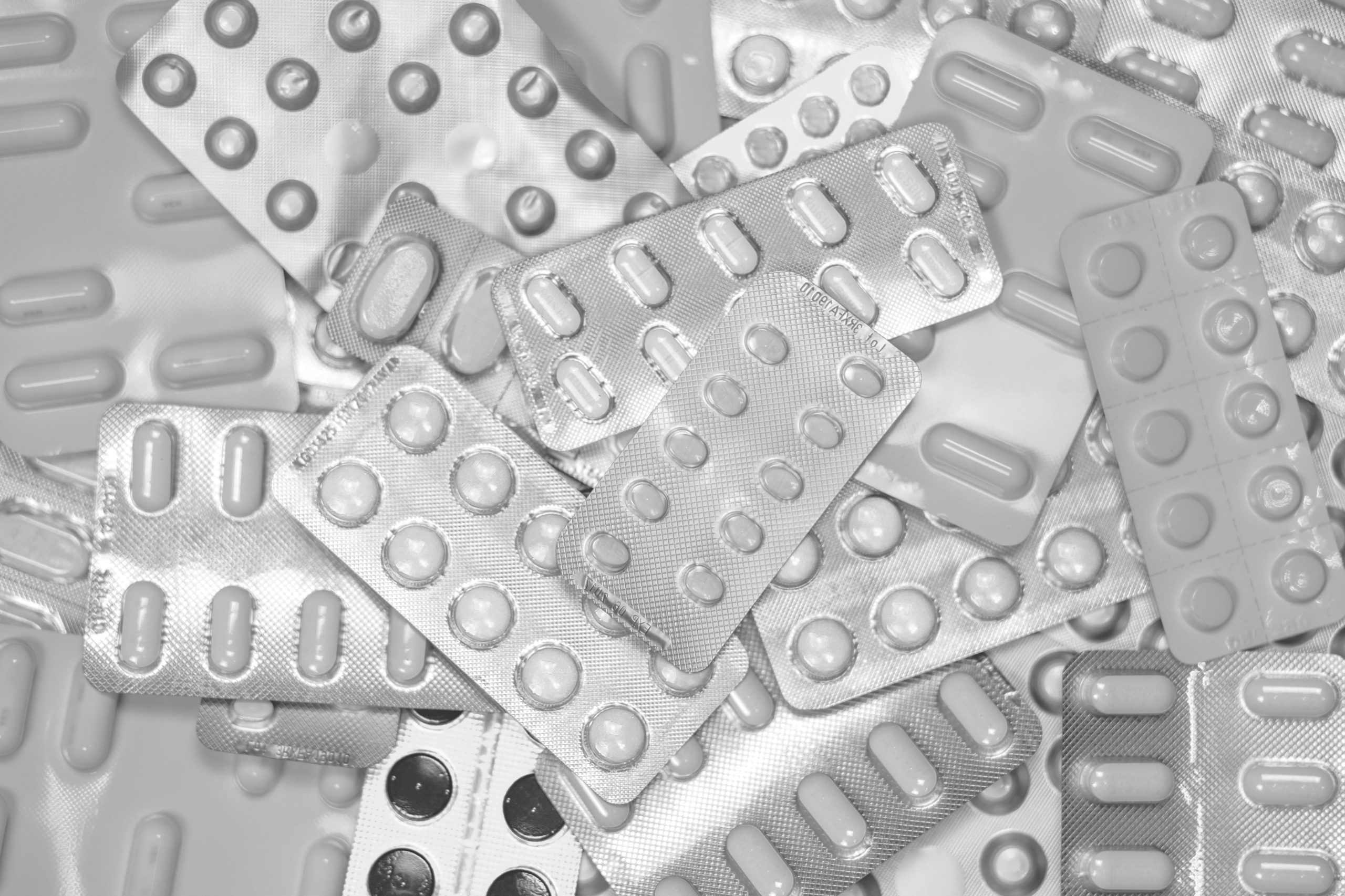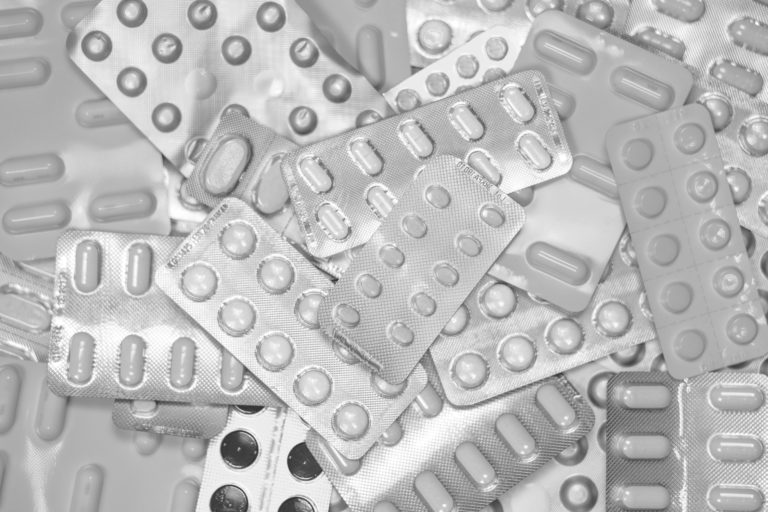What are the side effects of cortisone?
Cortisone is corticosteroid, These synthetic steroids resemble the hormone cortisol, which your body naturally produces.
These drugs operate by reducing certain substances in your body that lead to swelling, discomfort, redness, inflammation, and itching.
Corticosteroids are different from the performance-enhancing chemicals that certain sportsmen and bodybuilders use.
Uses of cortisone
Many inflammatory disorders and immune system-related hyperactive conditions can benefit from cortisone treatment. These are a few typical examples:
Inadequate adrenocortical function.
Exacerbation of systemic lupus erythematosus, rheumatoid and psoriatic arthritis.
Skin disorders that cause inflammation, such as psoriasis and Stevens-Johnson syndrome.
Allergens and allergy responses that are severe ocular inflammation conditions.
lymphomas and leukaemia, inflammatory colitis and respiratory conditions.
Cortisone can be used to manage and control severe and rapid symptoms.
Because corticosteroids have a rapid action in the body,
They can successfully control allergic reactions, for instance.
Before using cortisone
Dosage forms of cortisone
Tablets and capsules.
Cream, ointment, lotion and gel.
Eye drops.
Syrup.
Injection.
Nasal or mouth spray.
Side effects of cortisone
Increase weight
Elevate blood pressure
Increase level of blood sugar
Gastrointestinal side effects
Supress immunity
This will decrease your body defense strength, and make your body exposed to many infections (1).





